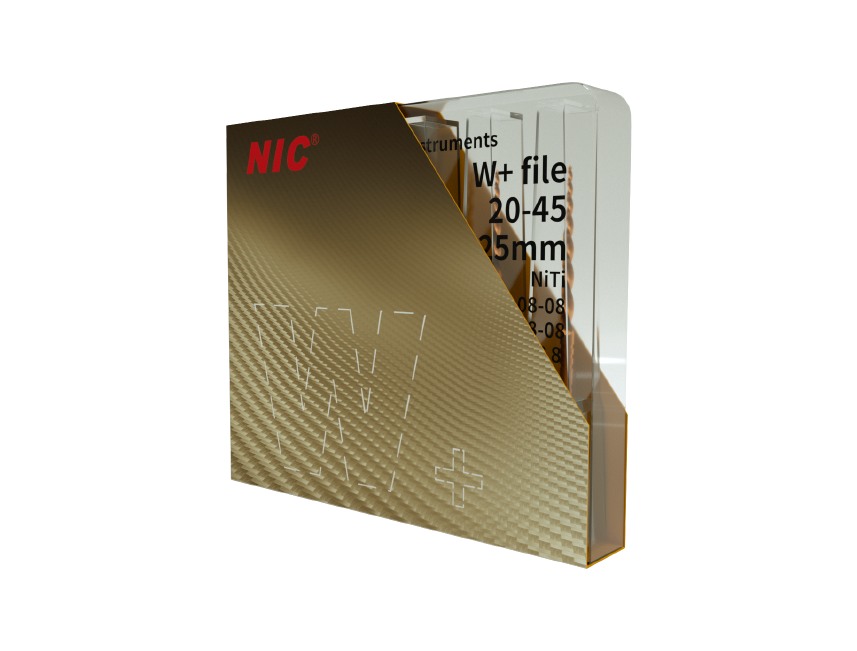


Rotary files are essential endodontic instruments used in root canal treatments to effectively clean and shape the root canal system. Understanding the proper technique for using these endodontic files is crucial for successful outcomes. This article will provide a comprehensive guide on how to use rotary files in endodontics, highlighting the offerings from NIC Dental. NIC Dental is recognized for its high-quality dental equipment, specializing in endodontic instruments, including rotary files. The company’s W+ File system features advanced NiTi alloy technology, designed to enhance cutting efficiency and treatment outcomes. With a focus on innovation and reliability, NIC Dental's products are trusted by dental professionals worldwide.

Understanding Rotary Files
Rotary files are designed to streamline the cleaning and shaping process of root canals. Unlike traditional hand files, rotary files are powered by a dental handpiece, allowing for greater precision and reduced treatment time. NIC Dental’s rotary endodontic files feature a progressive taper design and a cutting flute length that enhances their effectiveness in various canal shapes and sizes.
Step-by-Step Guide to Using Rotary Files
1. Preparation: Begin by ensuring that the tooth is adequately anesthetized and isolated with a rubber dam. This step is vital for maintaining a sterile environment during the procedure.
2. Initial Access: Create an access cavity to reach the pulp chamber. Use a high-speed bur to remove the coronal structure, ensuring that you have a clear view of the canal orifices.
3. Irrigation: Before using the endodontic file, irrigate the canal with an appropriate solution to remove debris and disinfect the area. This step helps to prepare the canal for effective shaping.
4. Selection of the Rotary File: Choose the appropriate NIC Dental rotary file based on the canal's size and curvature. The W+ File system is particularly effective for various root canals due to its progressive taper design.
5. Using the Rotary File: Insert the rotary file into the canal and engage it gently. Use a crown-down technique, starting with larger files to create the initial shape before transitioning to smaller files for finer shaping. The reciprocating movement of the rotary file allows for efficient cutting while minimizing the risk of file breakage.
6. Final Irrigation and Inspection: After shaping the canal with the endodontic file, perform final irrigation to remove any remaining debris. Use a smaller file to confirm that the canal is adequately shaped and ready for obturation.
Conclusion
In conclusion, using rotary files in endodontics is a vital skill for dental professionals. The efficiency and precision of these endodontic instruments can significantly enhance the success of root canal treatments. NIC Dental’s W+ File system offers advanced features that make it an excellent choice for practitioners. For those seeking reliable and effective endodontic files, we at NIC Dental stand out as a trusted provider, ensuring optimal results in every procedure.
